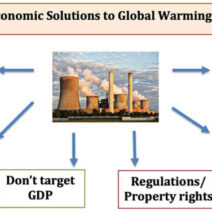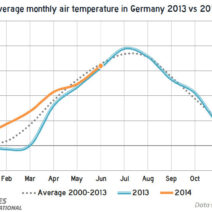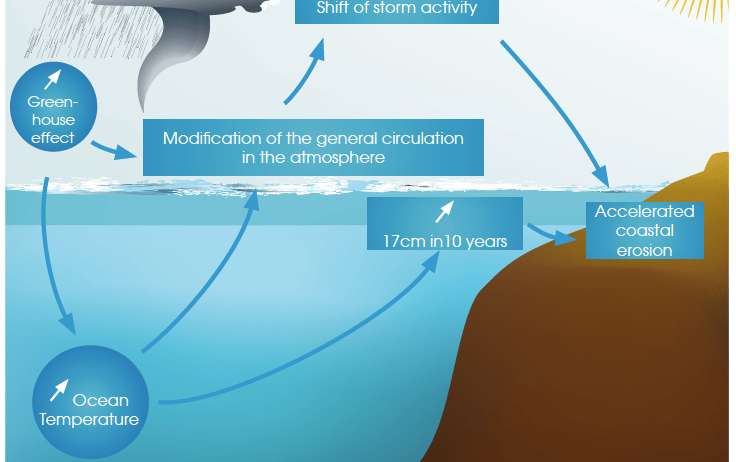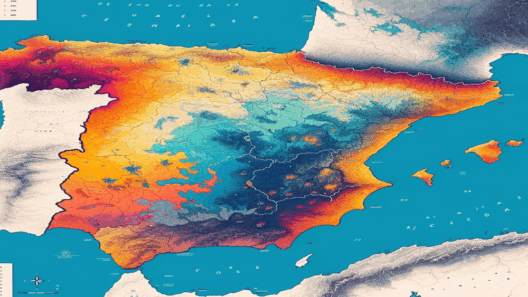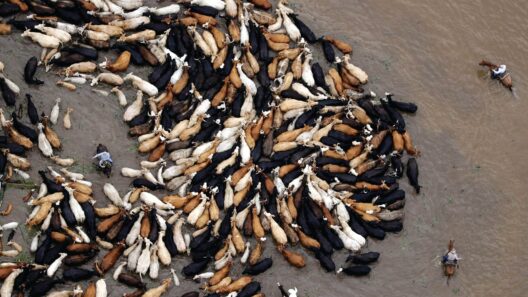Climate change, an unrelenting specter looming over our planet, is causing profound transformations in the world’s oceans. Not merely a backdrop for human endeavors, these vast water bodies are crucial to life on Earth, yet they are increasingly burdened by the consequences of rising atmospheric CO2 levels. Understanding how climate change affects the ocean unveils a tapestry of intricate challenges that threaten biodiversity, economies, and, ultimately, human survival.
From rising temperatures to acidification, the myriad repercussions of a changing climate are reshaping the ocean’s very fabric. The urgency to address these issues cannot be overstated; it is imperative for conservationists, policymakers, and the general populace to comprehend the scale and implications of these challenges.
The changing marine environment presents a diverse set of phenomena, each interconnected and exacerbating one another. In this discourse, we will explore three significant ways climate change is affecting the ocean: rising sea temperatures, increasing ocean acidity, and the consequential marine biodiversity loss.
Temperature Turmoil: The Warming Seas
The first unfolding narrative of climate change in the oceans is, perhaps, the most striking: rising sea temperatures. The oceans have absorbed a substantial portion of the excess heat generated by human activity. Data suggests that since the late 19th century, ocean temperatures have increased by over 1 degree Celsius. While this may seem modest, it encompasses a vast volume of water and crucial implications for marine ecosystems.
Warmer waters trigger a series of cascading effects. Coral reefs, often referred to as the “rainforests of the sea,” are particularly susceptible. Elevated temperatures induce coral bleaching, a phenomenon wherein corals expel the symbiotic algae they rely on for nutrition. This not only compromises the corals’ survival but also disrupts the myriad species that depend on these vibrant ecosystems. The loss of coral reefs accelerates erosion of coastlines, contributing to habitat degradation and greater vulnerability to storm surges.
The warming seas also lead to altered distribution of marine species. Fish and other marine organisms are shifting toward cooler waters, often moving poleward or deeper into the ocean. This shift has profound implications for fisheries and the coastal communities that rely heavily on these resources for their livelihoods. The spatial redistribution of marine species challenges traditional fishing practices and may lead to overfishing of certain populations that are forced to adapt or migrate.
Acidic Waters: The Hidden Threat
Another critical manifestation of climate change is ocean acidification, an almost insidious change resulting from increased atmospheric CO2 being absorbed by the oceans. It is estimated that the ocean absorbs about 30% of human-generated carbon dioxide, leading to a decrease in pH levels. Since the beginning of the Industrial Revolution, ocean acidity has increased by approximately 30%, a concerning trajectory with severe ramifications.
The diminishing pH levels disrupt the formation of calcium carbonate structures, which are essential for the survival of a plethora of marine organisms, including corals, mollusks, and certain plankton species. The integrity of marine food webs is imperiled, as these foundational species are integral to the marine ecosystem’s stability and productivity. A decline in their populations could trigger a domino effect, impacting larger marine predators and ultimately threatening food security for millions.
Moreover, ocean acidification is not just an ecological issue; it poses economic challenges as well. Aquaculture industries, which provide essential protein sources and jobs, encounter debilitating ramifications as shellfish cultivation becomes increasingly precarious due to altering water chemistry. The repercussions reverberate through global markets, emphasizing an urgent need for adaptive management strategies.
Essential Biodiversity: The Looming Crisis
The interplay of rising temperatures, acidification, and other anthropogenic factors culminates in the alarming loss of marine biodiversity. As habitats are disrupted and species are pushed beyond their thresholds, the richness of ocean life is at risk. The World Wildlife Fund has reported that marine populations have declined by 49% on average since 1970, a harrowing statistic that highlights the ongoing biodiversity crisis.
Endangered species such as sea turtles, sharks, and numerous fish species face increasing existential threats. The interplay of climate change with overfishing, habitat destruction, and pollution exacerbates marine species vulnerability. Vulnerable ecosystems like mangroves and salt marshes, which serve as crucial nurseries for many marine species, are also compromised, further challenging these populations’ resilience and recovery.
Conserving marine biodiversity is not merely an ethical consideration; it is indispensable for maintaining ecosystem services that support human life. Healthy oceans regulate climate, provide oxygen, and yield vast sources of food and medicines. The loss of biodiversity disrupts these vital functions, leading to more significant challenges in health, climate stability, and overall planetary well-being.
Conclusion: Navigating Forward with Resilience
Understanding the mechanisms through which climate change is impacting our oceans is imperative in fostering resilience against the rising challenges we face. Advocating for informed policies and sustainable practices, investing in marine protected areas, and supporting community-led conservation initiatives are critical steps toward safeguarding these invaluable marine environments.
As stewards of the Earth, we hold the power to change the trajectory of our oceans. The narrative of climate change is not only a cautionary tale but also an opportunity for collective action. By confronting these challenges head-on, we can ensure that our oceans, which are intricately woven into the tapestry of life on our planet, continue to thrive for generations to come.
